Russia President Vladimir PutinHe was born on October 7, 1952, which means he turns 70 today.
British political scientist Mart Galeotti wrote about 7 milestones in Putin’s 70-year life for BBC News. Here are 7 events that influenced the young Vladimir to become “Vladimir Putin” with Galeotti’s comments…
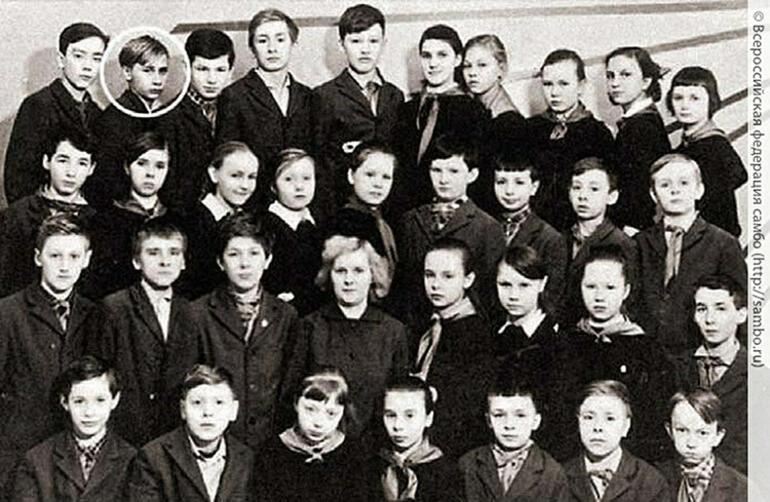
1964 – STARTED JUDO
Born in the city of Leningrad, which bears the scars of the 872-day siege during the Second World War, young Vladimir has always been known as a grumpy and quarrelsome child throughout his school life. In fact, according to his best friend in those years, “When he entered a fight, he never looked at who was in front of him because he was never afraid”.
class=”medianet-inline-adv”>
The streets of Leningrad were impassable by gangs. This small but daring boy knew he needed a skill that would help him get ahead of his opponents.
Therefore, at the age of 12, he first started ‘sambo’, a Russian martial arts sport, and then started judo.
He was a determined and disciplined athlete. At the age of 18, he earned a black belt in judo and finished third in the national junior championship.
As those who follow know, his success in judo is one of the most important pillars of the tough male image that Putin has carefully built over the years. But the importance of judo in Putin’s life is not limited to this; it is also a part of the philosophy of life, which advocates always being ready for the dangers of the outside world.
Let’s not forget Putin’s quote, which is frequently seen in his biographies: “If a fight is inevitable, you must hit first. You must hit so hard that your opponent cannot even lift their feet.”
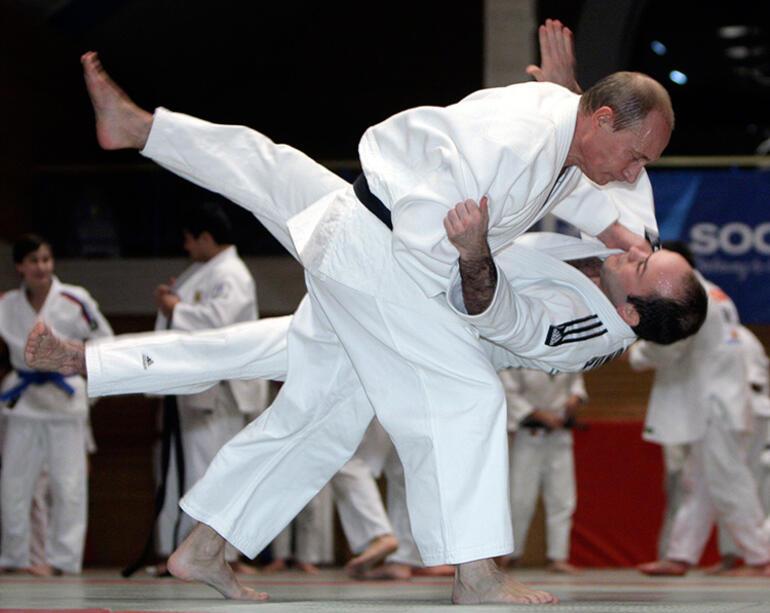
1968 – KGBAPPLICATION TO JOB
The Bolshoi Dom (big house), located at number 4 of Leningrad’s wide street, Liteyniy Prospekt, and the tallest building in the city, served as the headquarters of the KGB’s political police arm.
class=”medianet-inline-adv”>
The Bolshoi Dom was a building where citizens tried to stay as far away as possible, let alone enter and exit comfortably. In fact, so many people interrogated here were sent to gulags (labor camps) during the Stalin era that even jokes were made among the people that Siberia could be seen from the basement of this high-rise building.
Young Vladimir walked through the door of that building at the age of 16, walked through the red-carpeted reception desk and asked the front desk clerk, “How can I join here?” she asked. Thinking that this question of the young person in front of him might be a joke, when he received the answer “You need to do military service or graduate from a university first”, he replied, “Which department would be better for me to study?” He didn’t forget to ask.
class=”medianet-inline-adv”>
The answer he got was “law”. Focusing from then on successfully completing law school, Putin joined the KGB after graduation.
For Putin, the KGB was the strongest gang on the gang-filled streets of Leningrad. It was an institution that provided security and advancement, even to those without party affiliations.
It was also a job that allowed him to change things and make a difference in the future of his country and people. “An agent can decide the fate of thousands of people,” he would say in the following years, regarding the spy movies he loved watching in his youth.
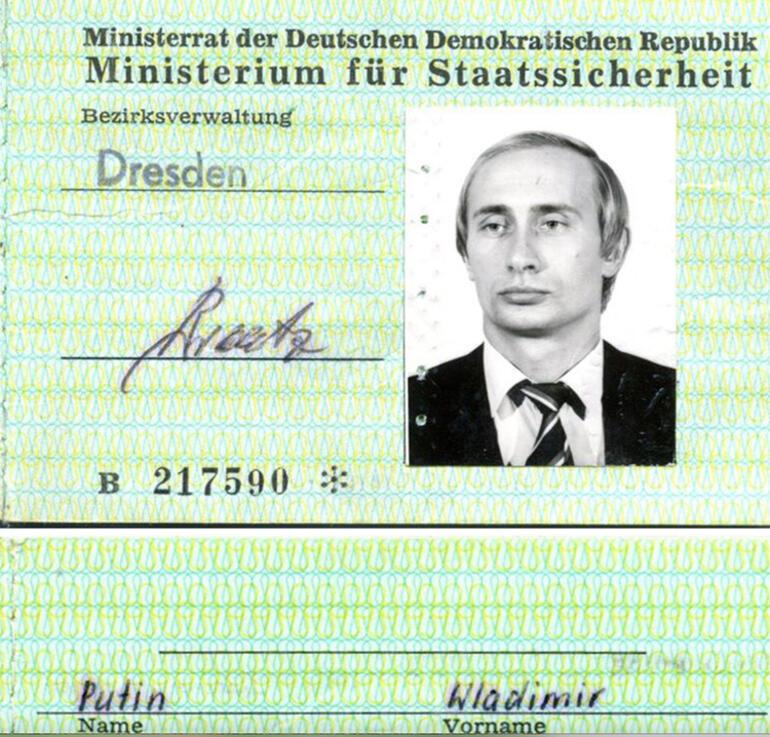
Stasi identity card issued during the Dresden yearsclass=”medianet-inline-adv”>
1989 – AN ANGIOUS CROWD SURROUNDS
However, his KGB career, which he started with high hopes, did not go as Putin expected. He wasn’t a bad employee, but he didn’t look like he was going to rise too high either. Nevertheless, he learned German with great effort and in 1985 was appointed to the KGB’s communications office in Dresden.
While Putin’s life in Germany was quite comfortable and pleasant, in November 1989 the East German regime began to collapse at an incredible speed.
On December 5, an angry mob surrounded the KGB building in Dresden. Putin desperately sought the nearest Red Army garrison for protection. From the helpless voice on the other end of the phone, he replied, “We can’t do anything unless we receive orders from Moscow and there is no sound from Moscow”.
class=”medianet-inline-adv”>
In Dresden, Putin witnessed how frightening the sudden collapse of central power was. He thought the reason for this was a mistake of Soviet Union leader Mikhail Gorbachev. Gorbachev did not respond quickly and decisively to the opposition he faced. Putin swore never to repeat the same mistake.
He is the author of the books “We Need To Talk About Putin”, which is considered one of the most comprehensive studies on the Russian leader in the Western world, and “Putin’s Wars”, which will soon meet the shelves. Mark Galeotti is also the director of Mayak Intelligence.
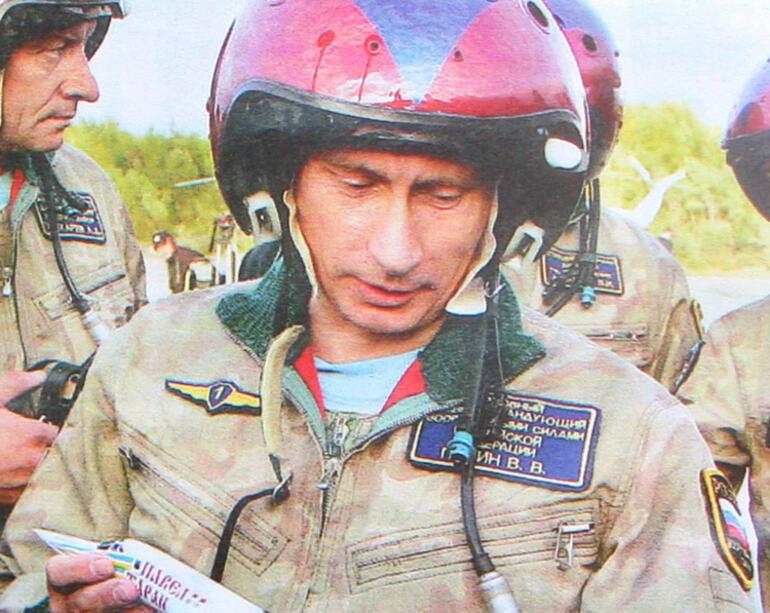
A photograph of Putin in military uniform taken during his time in Dresden
1992 – HE MEDIATED THE ‘FOOD FOR OIL’ PROGRAM
Putin, who left the KGB after the collapse of the Soviet Union, was renamed St. He began working for the reformist mayor of the city that became St. Petersburg.
The economy was in free fall. Putin has been tasked with executing a deal that will make the lives of the city’s people easier: to supply food in exchange for $100 million worth of oil and metals.
However, this agreement had little effect on the lives of the people. In fact, within the scope of an investigation into the agreement, it was claimed that $ 100 million went to Putin’s coffers, his friends and the gangs operating in the city. (The investigation file was soon closed.)
In the ’90s, Putin learned that political influence is a value that can be turned into money.
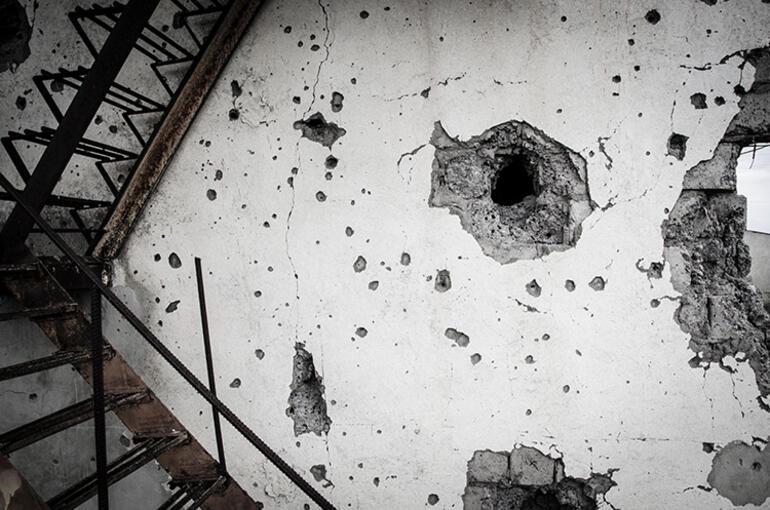
2008 – INVASION OF GEORGIA
When Putin became president of Russia in 2000, he hoped to establish a positive relationship with the West. Russia would determine the conditions of this relationship. One of these conditions was that the countries that were once the territory of the Soviet Union remained under the influence of Russia.
But the Russian leader’s optimism soon turned into disappointment and then anger. Putin came to believe that the West was actively trying to isolate and humiliate Russia.
Georgian President Mikhail Saakashvili’s statement that he is determined to make his country a NATO member further angered Putin. Georgia’s taking steps to regain control over the Russian-backed separatist region of South Ossetia also provided Putin with the environment he needed to take action.
Russian forces destroyed the Georgian army within 5 days and forced Saakashvili to sign a peace treaty.
This angered the West, but within a year US President Barack Obama proposed to “reset” relations with Russia. On top of that, Moscow 2018 World Cup honored to host.
All of these were signs for Putin that he was on the right track: Although the weak and inconsistent Western world sighed and puffed at first, it eventually took a step back in the face of determined will.
2011-2013 – MOSCOW PROTESTS
The widespread belief that the 2011 parliamentary elections were rigged led to protests. Putin’s announcement that he would be a candidate again in the presidential elections in 2012 inflamed these protests even more.
The Bolotnaya Protests, named after the square where the demonstrators gathered, was the biggest reflection of the public’s opposition to Putin to date.
Putin believed that the demonstrations were initiated and managed by Washington and directly blamed US Secretary of State Hillary Clinton.
These protests further strengthened Putin’s belief that the West wanted to destroy him. Now the war had begun.
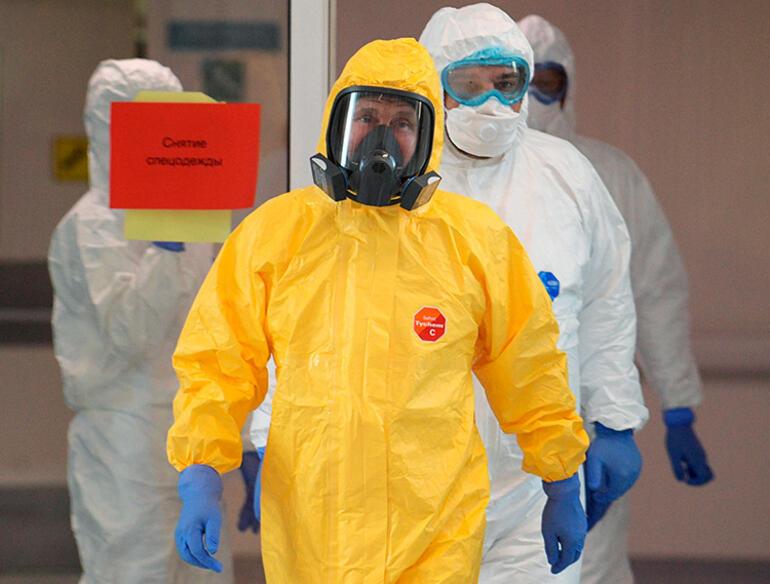
This shot, taken on March 24, 2020, at the very beginning of the pandemic, is from a hospital visit in Moscow.
2020-2021 – CORONAVIRUS CLOSURES
In the days when Covid-19 swept the whole world, Putin’s rules entered a very strict quarantine. He demanded that anyone who would meet him go into isolation under the supervision of the guards 15 days in advance. Before the meeting, these people were exposed to ultraviolet rays that kill germs and disinfectant was sprayed on them.
These strict rules have greatly reduced the number of allies and advisers that Putin met face-to-face. There are only a few people who say yes to everything and have views as hard as Putin.
With less and less exposure to alternative views and less and less ties to the rest of his country, Putin began to think that all his assumptions were correct and all his prejudices were reasonable. This is how the seeds of the Ukrainian invasion were sown.

Businessman Yuri Kovalchuk is known to be one of the few people Putin met during the pandemic.
Compiled from the BBC News article titled “Vladimir Putin at 70: Seven pivotal moments that made him” signed by Mark Galeotti.
.
